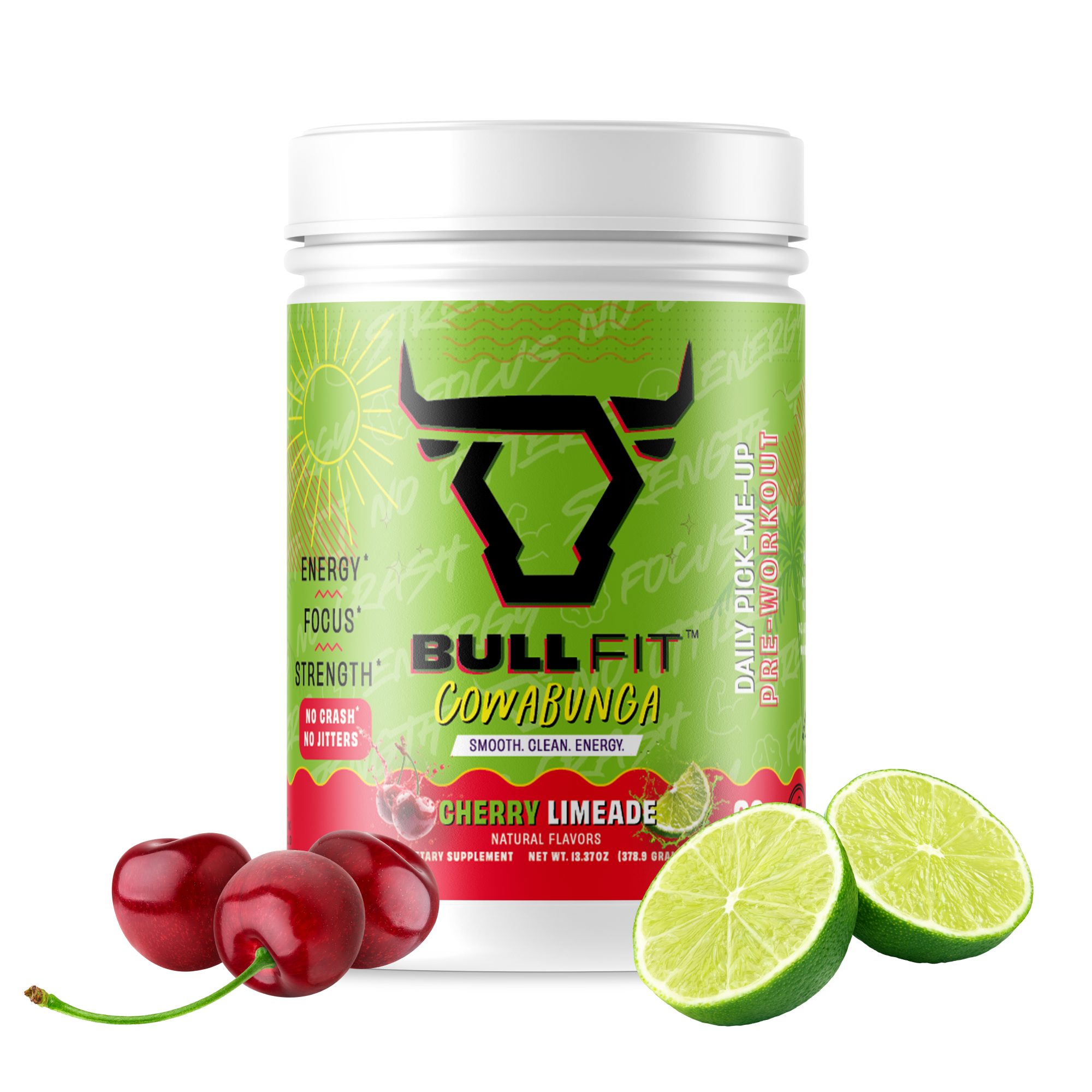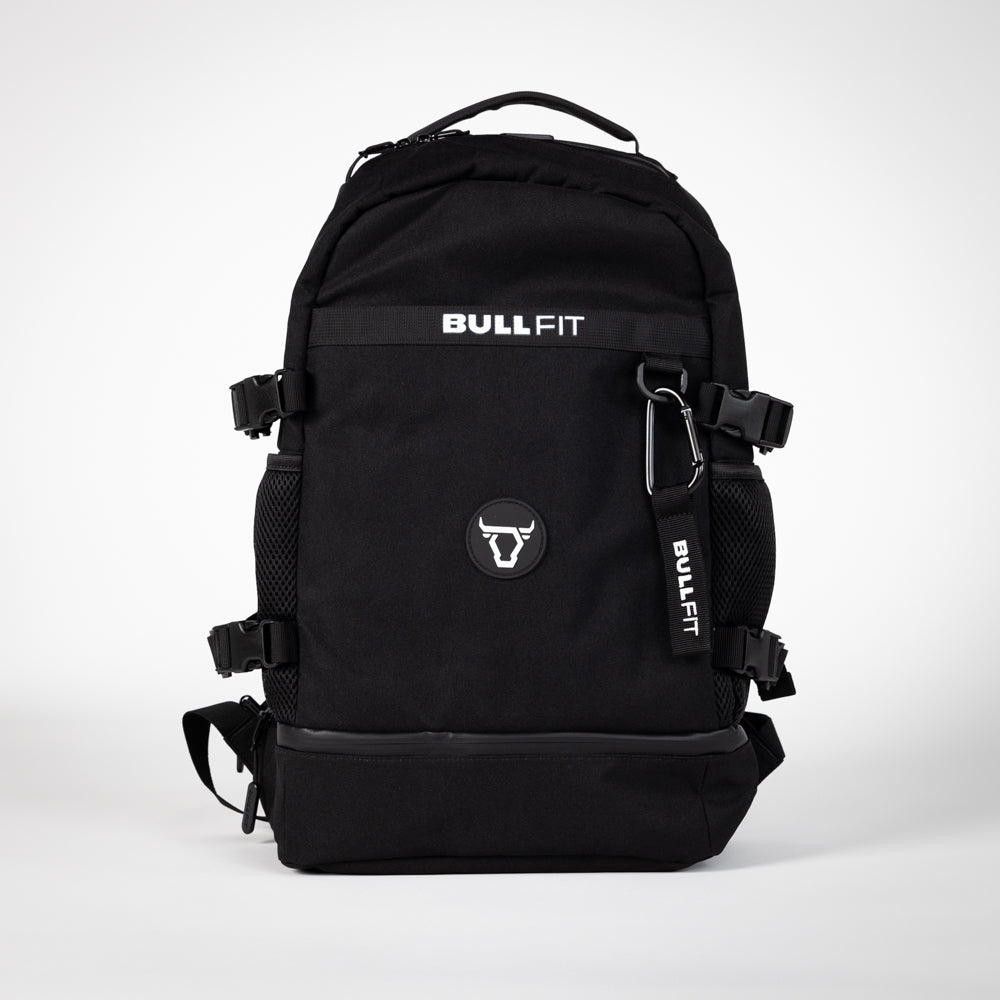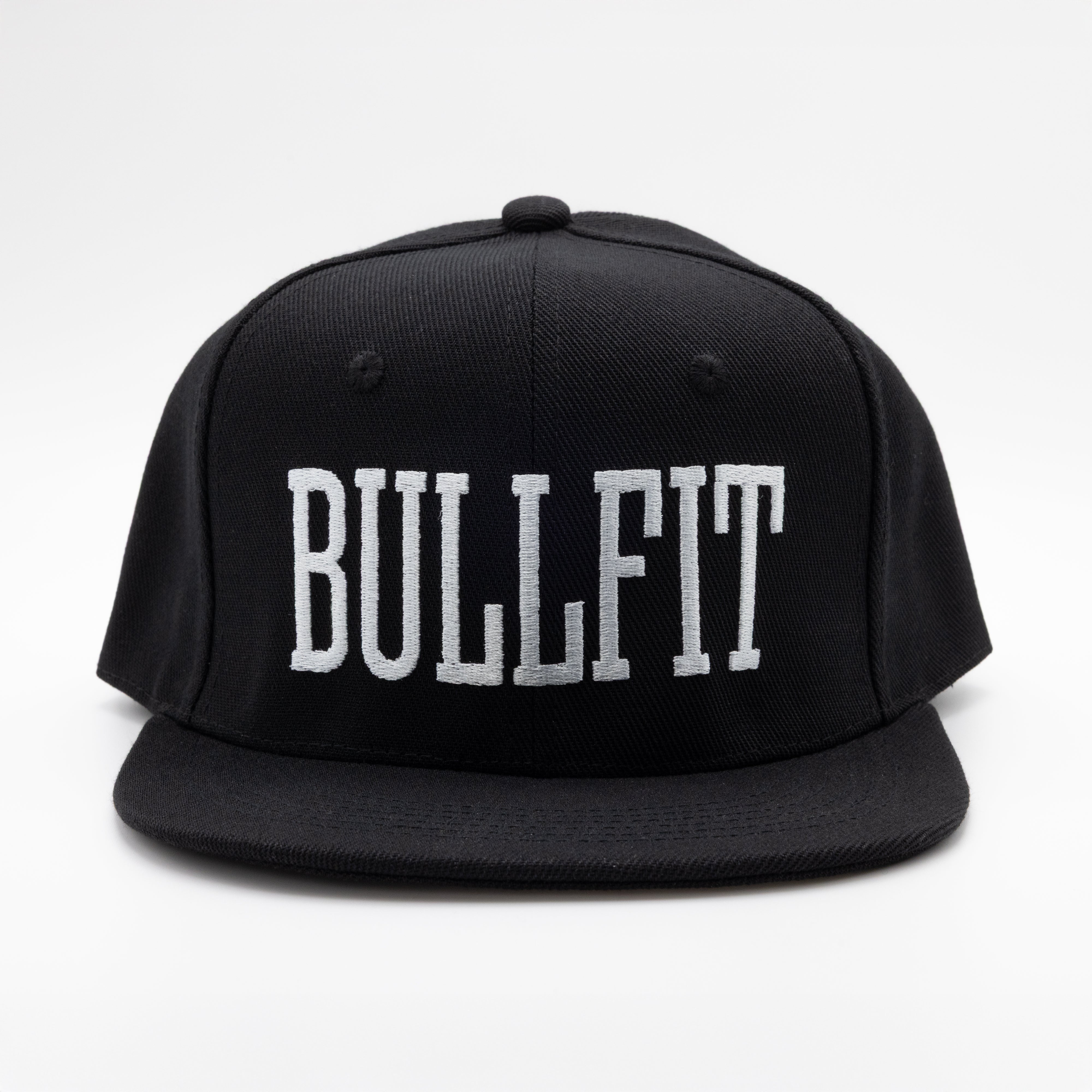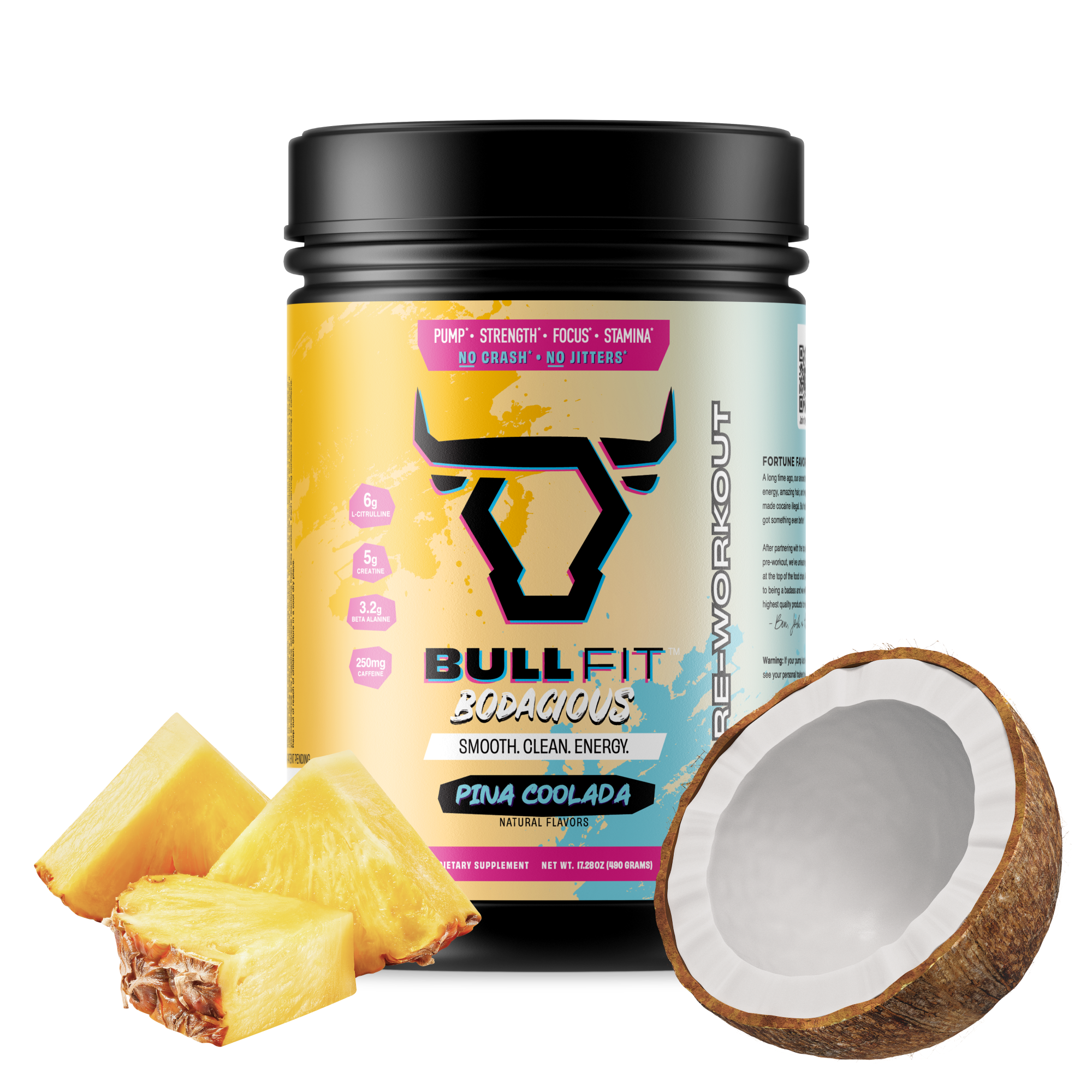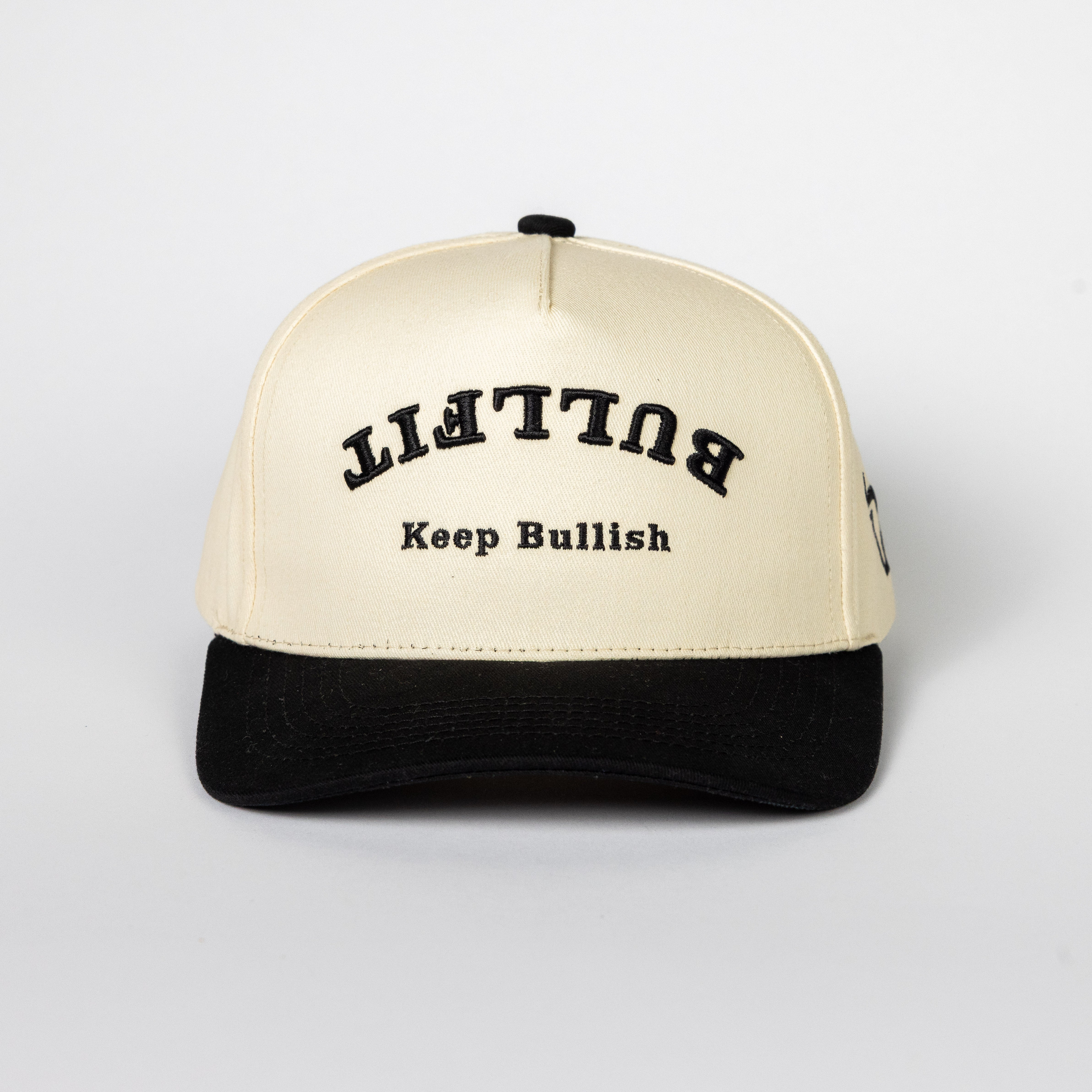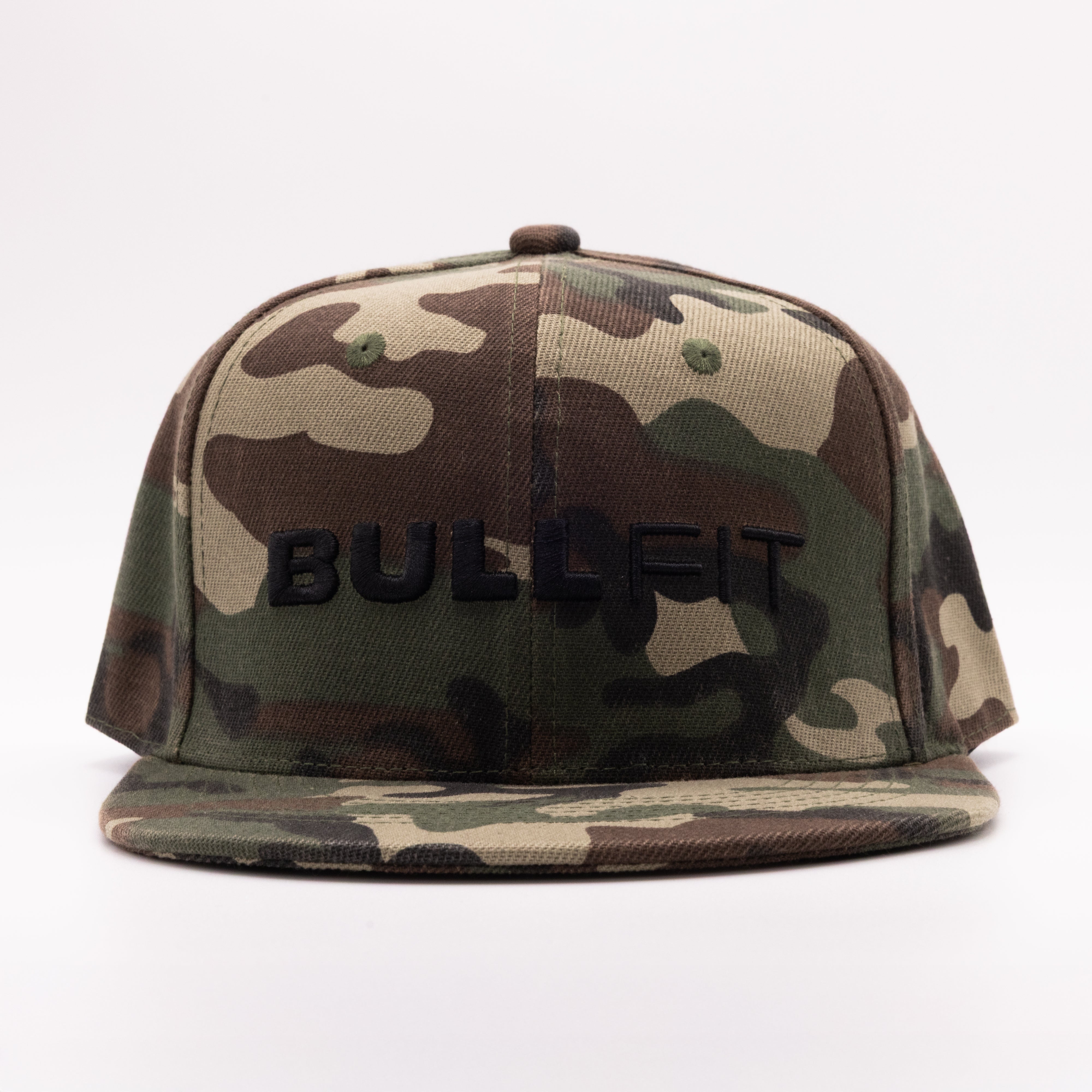Bench pressing is a cornerstone of any serious chest workout. But to build a well-rounded and powerful chest, it’s essential to go beyond the flat bench. Incorporating incline and decline bench press variations targets different parts of the chest, leading to greater gains in size, strength, and symmetry. This guide covers the three major types of bench presses: decline, flat (standard), and incline—including how to do them, why they work, and how to fit them into your weekly training program.
1. Standard (Flat) Bench Press
Muscles Targeted: Middle pectorals, triceps, anterior deltoids
How to Do It:
-
Lie flat on a bench with feet planted firmly on the ground.
-
Grip the bar slightly wider than shoulder-width.
-
Lower the bar slowly to your mid-chest.
-
Press the bar back up until arms are fully extended.
-
Keep your shoulder blades retracted and avoid flaring elbows too far.
Benefits:
-
Builds overall chest mass.
-
Strengthens triceps and shoulders.
-
Forms the foundation for chest training.
2. Incline Bench Press
Muscles Targeted: Upper pectorals, anterior deltoids
How to Do It:
-
Set a bench to a 30-45 degree incline.
-
Lie back with your feet flat on the floor.
-
Grip the bar wider than shoulder-width.
-
Lower the bar to your upper chest.
-
Press upward in a controlled motion.
Benefits:
-
Emphasizes the often underdeveloped upper chest.
-
Improves shoulder stability.
-
Adds volume and shape to the top of the pectoral muscles.
3. Decline Bench Press
Muscles Targeted: Lower pectorals
How to Do It:
-
Secure your feet under the decline bench pads.
-
Lie back and grip the bar slightly wider than shoulder-width.
-
Lower the bar to your lower chest.
-
Press it back up with control.
Benefits:
-
Focuses on the lower chest for a complete look.
-
Can often lift more weight due to leverage.
-
Reduces strain on shoulders compared to flat and incline benching.
Why Angles Matter in Chest Training
The angle of the bench determines which fibers of the pectoral muscle are most engaged. Flat bench works the mid-pecs, incline shifts the focus to the upper chest and shoulders, while decline emphasizes the lower chest. Using all three allows for comprehensive development and prevents muscle imbalances. Think of these angles as tools in your toolbox—each has a role to play in sculpting a powerful chest.
Weekly Chest Workout Program
Goal: Build strength and definition in all areas of the chest
Frequency: Chest-focused training 2x per week (e.g., Monday and Thursday)
Week Sample Plan:
Monday - Heavy Push Day
-
Flat Bench Press: 4 sets x 5 reps
-
Incline Dumbbell Press: 3 sets x 6-8 reps
-
Decline Bench Press: 3 sets x 8-10 reps
-
Weighted Dips: 3 sets x failure
-
Cable Flys: 3 sets x 12-15 reps
Thursday - Volume and Isolation Day
-
Incline Barbell Bench Press: 4 sets x 8-10 reps
-
Decline Dumbbell Press: 3 sets x 10-12 reps
-
Flat Dumbbell Press: 3 sets x 12-15 reps
-
Machine Chest Press: 3 sets x 12-15 reps
-
Pec Deck: 3 sets x 15 reps
Tips for Building a Bigger, Stronger Chest
-
Progressive Overload: Gradually increase weights to push muscle growth.
-
Mind-Muscle Connection: Focus on feeling the pecs contract during each rep.
-
Proper Warm-Up: Activate the chest with light weights and dynamic stretches.
-
Recovery: Allow at least 48 hours between chest workouts.
-
Nutrition: Support your gains with adequate protein and calories.
Final Thoughts
Decline, flat, and incline bench presses are more than just variations—they're essential components of a complete chest-building strategy. By training at multiple angles, you ensure full development of the pectoral muscles, avoid plateaus, and create a more aesthetic upper body. Stick to the weekly plan, apply good form, and watch your chest gains explode.
Read more

Looking to refresh your workout routine this summer? Explore niche fitness styles like Strongman, CrossFit, powerlifting, and more for fun, challenge, and real results.

Learn how to build healthy habits in fitness and diet with tips for getting started, staying consistent, and tracking progress beyond the scale.

